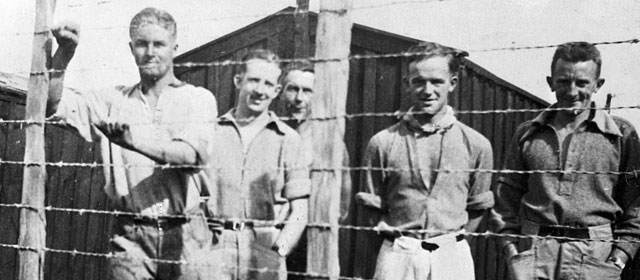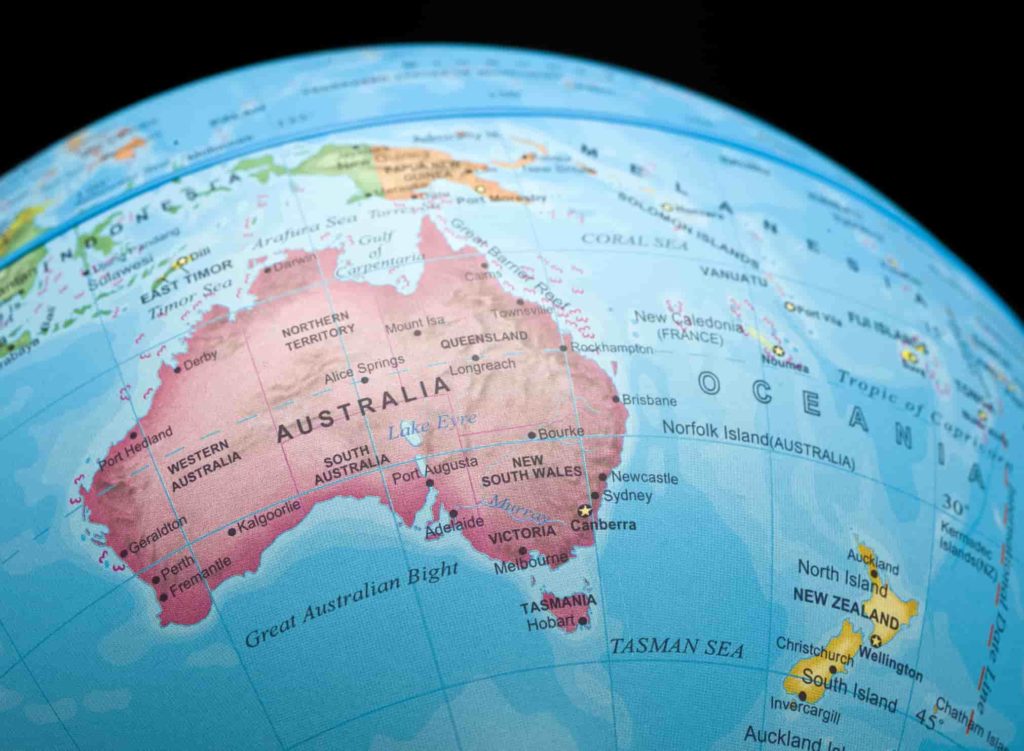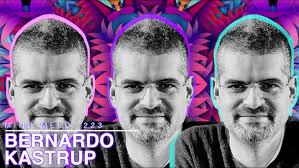
I’ve been supporting the Black Caps since they were known as the Young Guns. My first memory was being told to watch an ODI against Australia in Adelaide, as the tour was expected to be the swansong of our greatest ever cricketer, Sir Richard Hadlee. But watching cricket didn’t interest me until I learned to play it at school, and understood what it was about.
The first match I ever really followed was by fluke: the ODI against Australia in Hobart, 1990. I happened to be alone in a room with a television and that was the most interesting show on the three channels. The drama of the match captivated me. I realised that Chris Pringle was like me, only greater. Like many who saw that match, I started wearing zinc sunblock.
The first series I really enjoyed was the England tour to here in 1990/91. The second ODI taught me to enjoy cricket from a moral angle. England were chasing, and seven wickets down but looking good for a win, when their No. 9 – Martin Bicknell – was run out by a metre but not given. In the age before television umpires, such outrages were common. That New Zealand went on to win seemed righteous, as if the cricketing gods understood justice.
The 1992 World Cup got me hooked. The opening match, against the defending champion Australian team, was fascinating. The hurry to beat Zimbabwe before rain stopped play, Mark Greatbatch slamming Curtly Ambrose over cover for six and the easy win over nemesis England were also highlights. It seemed then that our time would soon come, and we would soon be world champions somehow.
It was tough to be a Black Caps supporter in the years after that. The Centennial Season of 1995 was launched with much fanfare, but the results on the field were brutal. Getting bowled out for 146 in a home ODI against the West Indies, then losing by nine wickets, seemed like a low point at the time. Worse followed a few weeks later – losing by an innings and 322 runs, again at home to the West Indies.
The kids joking at school were just as brutal. Murphy Su’a took 0-179 in the Test loss – the joke was that “Su’a bowled like a sewer: he sprayed shit everywhere”. Sometimes it felt that I personally could have improved the side. These feelings were especially strong after I stopped trying to bowl like Wasim Akram and started trying to bowl like Glenn McGrath.
At high school I was told that Test match cricket was always going to be a bridge too far for New Zealand. Unlike ODI cricket, Test cricket required specialists, which required depth, which required a big population. Aussie managed it by having a population five times ours for who cricket was the No. 1 sport. New Zealand cricket, I was told, would always be populated by athletes who couldn’t cut it in rugby. As such, we would get the odd ODI win against the bigger teams but would never be a legitimate Test cricket force.
By the turn of the century I had observed that the team was making a transition from talented amateurs to actual professionals. This had begun under Australian coach Steve Rixon. He had inherited a team considered by many to be “the laughing stock of New Zealand sport“. His efforts to bring the Black Caps into the modern day resulted in a good showing at the 1999 World Cup, as well as beating England in a Test series in England.
Shane Bond gave us an idea of what a fully professional side might look like. On several occasions, he more or less won the game by himself, such as the ten-wicket ODI win against Australia in 2007. Bond wasn’t just some jock who happened to be good at cricket – he had a fully professional mind that he happened to apply to fast bowling. He had a plan for every batsman and executed it with extreme speed and precision.
Apart from Bond and a few others, the Black Caps remained frustratingly mediocre through the first decade of the 2000s. Rixon may have professionalised the national coaching setup, but the players coming through were still mostly the products of an amateur mindset.
The arrival of Ross Taylor changed a lot. Taylor was the first player to be professional right down to the soul. More than anyone else before him, it seemed like Taylor really cared about the team as a team. Losses were borne with more sorrow than before; wins were savoured with more appreciation than before. This emotional investment resulted in a change of attitude.
The 2011 World Cup semifinal win reflected this spiritual change, in particular the freak occurence of Hashim Amla being dismissed after chopping a cut onto his own boot, which then popped up and was caught. The Black Caps went on to do what they often did in those years: post a low total, yet manage to strangle the opposition out for less. It felt like this heralded the beginning of true self-belief.
People talk about the 45 all out in Cape Town in 2013 as if it was merely another milestone in an established tradition of crapness. From my perspective, it was an aberration in an established trend of improvement. McCullum’s captaincy had brought with it a change of mindset, seen already in the drawn Sri Lanka series. The Cape Town debacle was just a roadbump.
The tour of the United Arab Emirates in 2014 (to play Pakistan) was the first series, in my estimation, to hint at what a fully professional side might look like. The difference could be seen in the pressure exerted. Opposition batsmen were no longer able to simply wait for the bad ball. It was during this tour that I became a Matt Henry fan, which paid handsome returns in coming years.
Henry’s example was a microcosm of wider systemic changes. For the first time, Black Caps bowlers were good from when they joined the team. Lockie Ferguson and Kyle Jamieson were further examples of this phenomenon.
From 2015 onwards it has been a great time to be a Black Caps fan. We seem to get the best out of all players. Even when Henry Nicholls was playing scratchy innings at No. 5, I knew he would come good, as I wrote about here. Nicholls has gone on to average 50 with the bat in Tests since the start of March 2018, when that article was written.
Faith in the Black Caps rarely paid off in the mid-90s, but pays off readily now. The Black Caps under Williamson are about as good as the All Blacks under Richie McCaw when it comes to turning losing positions into winning ones. Even when they lose, it seldom feels like they played poorly.
The 2019 World Cup failure brought back those nagging doubts about New Zealand being too small to ever produce a champion team. It wasn’t that the team wasn’t currently good enough – I knew they were – it was that the coincidence of so many good players seemed like our golden generation, something that may never be replicated.
The World Test Championship final was, therefore, the highlight of my 30 years as a Black Caps fan. I watched almost every ball, drinking so much coffee to stay awake on the final day that I was sick the next. Never in 30 years has a Black Caps Test side displayed such sustained and excellent bowling. The batting was almost as good.
I expect this current golden age to last as long as Kane Williamson is the captain. The hope will be that this Black Caps generation compares well historically, but not to other Black Caps sides, for those have all long since been surpassed. The comparison will be to Clive Lloyd’s West Indies and Ricky Ponting’s Australia as one of the greatest Test sides ever.
*
If you enjoyed reading this essay/article, you can get a compilation of the Best VJMP Essays and Articles of 2020 from Amazon for Kindle or Amazon for CreateSpace (for international readers), or TradeMe (for Kiwis). A compilation of the Best VJMP Essays and Articles of 2019, the Best VJMP Essays and Articles of 2018 and the Best VJMP Essays and Articles of 2017 are also available.
*
If you would like to support our work in other ways, please consider subscribing to our SubscribeStar fund. Even better, buy any one of our books!




